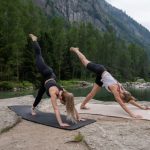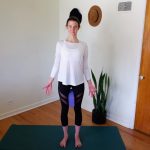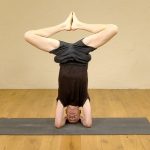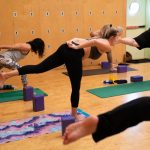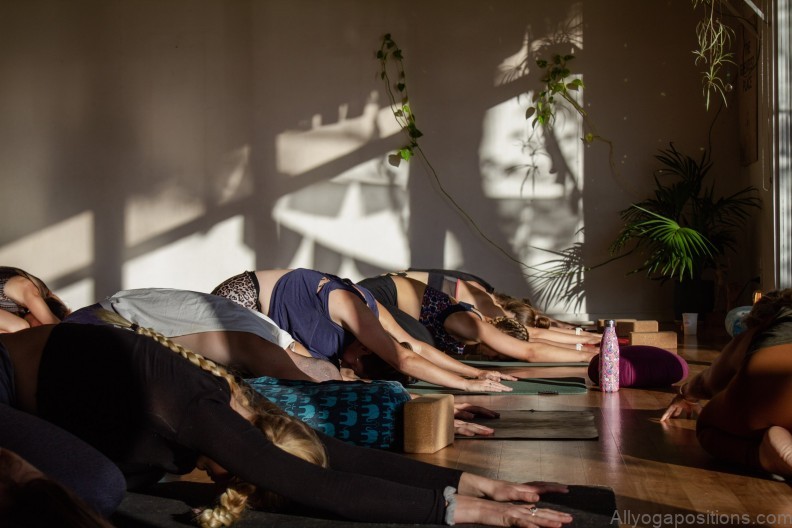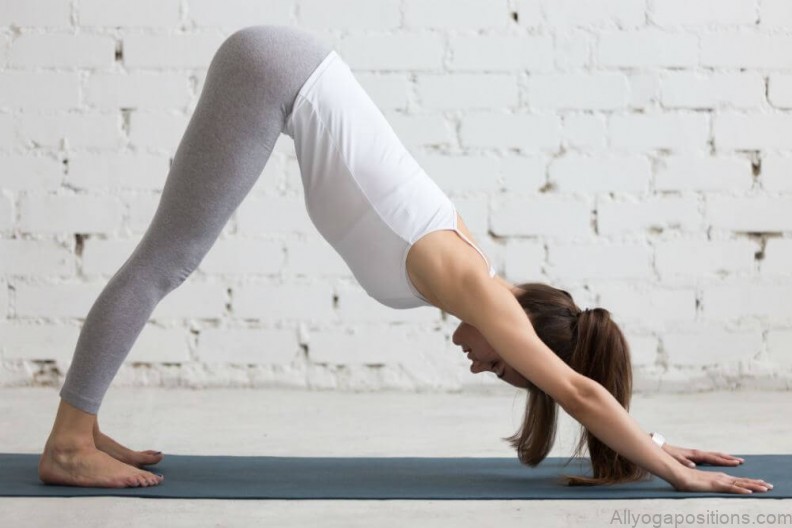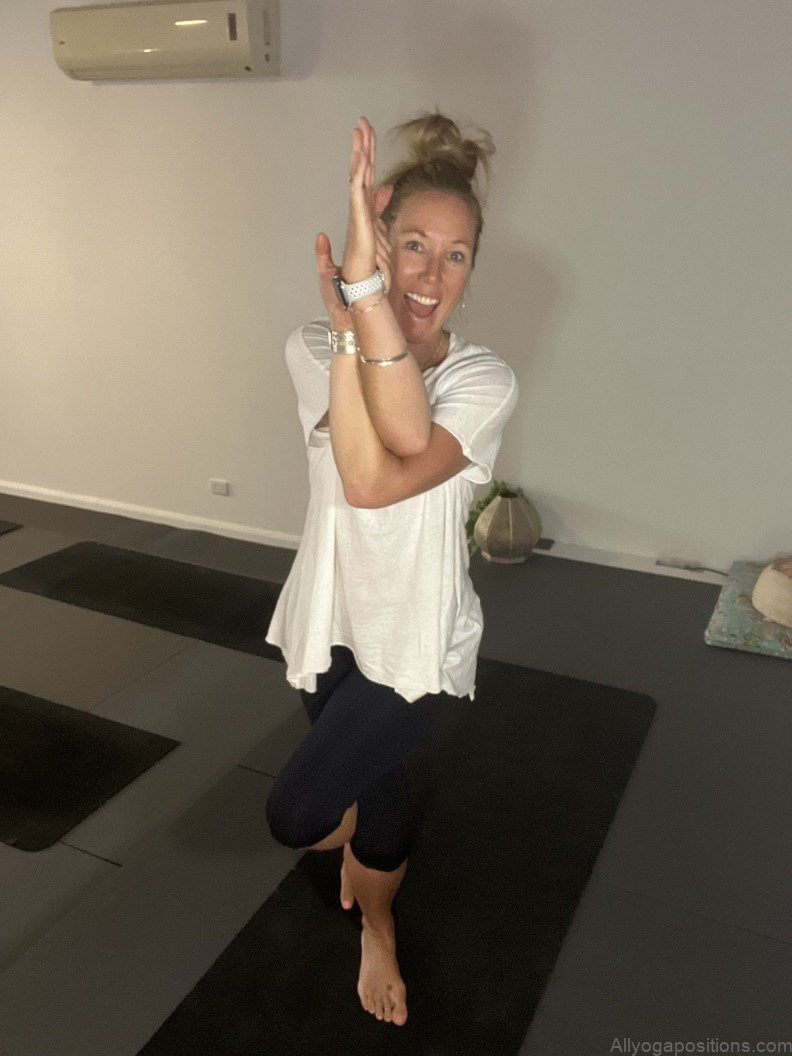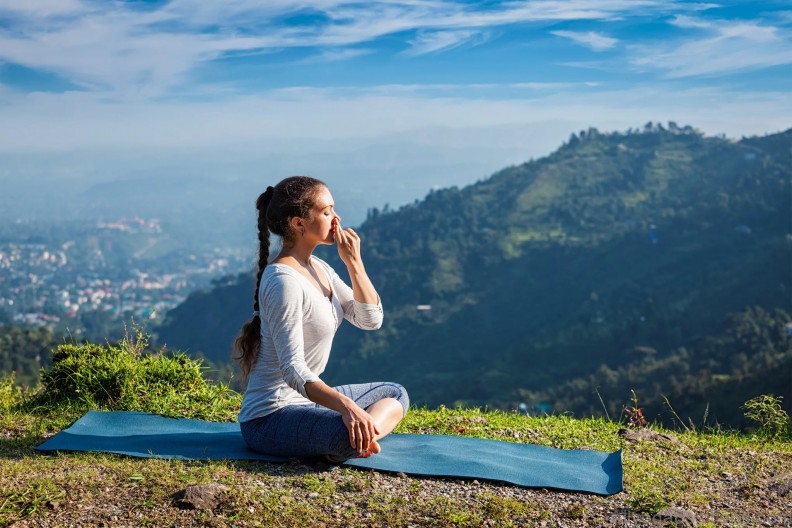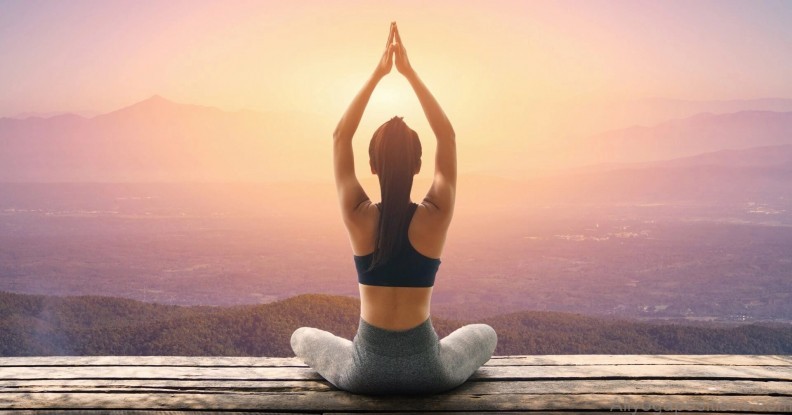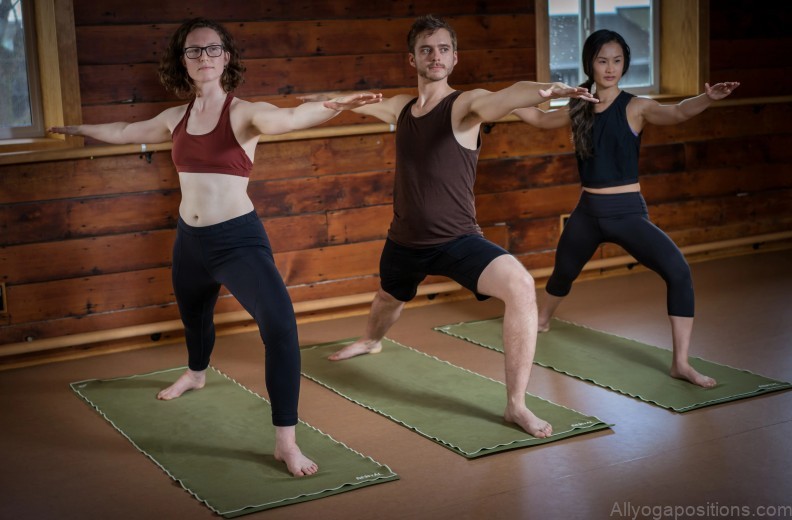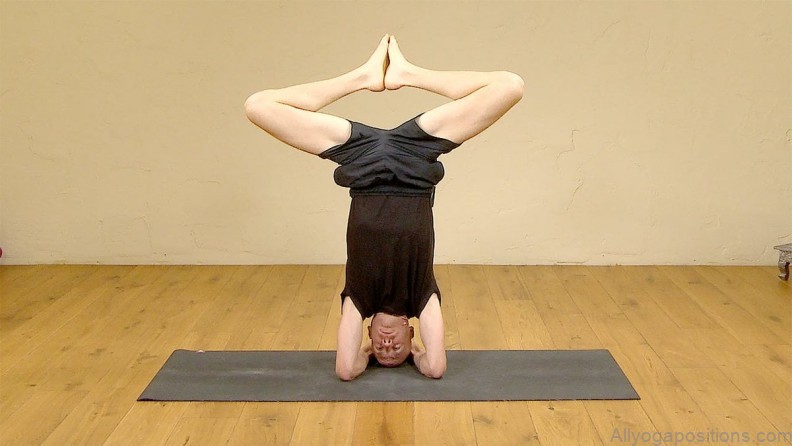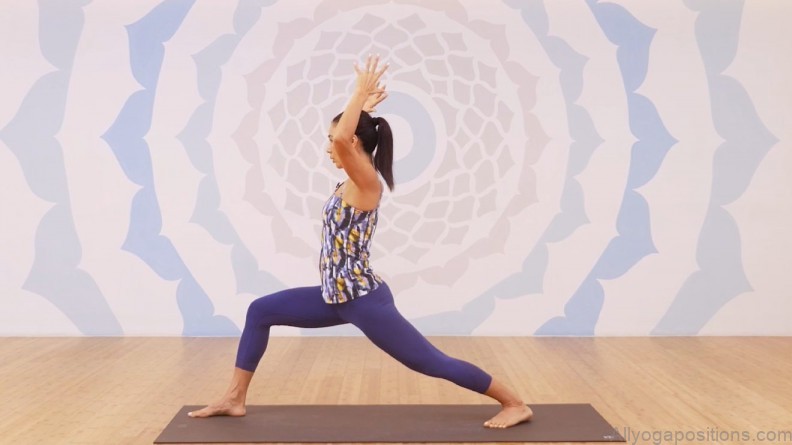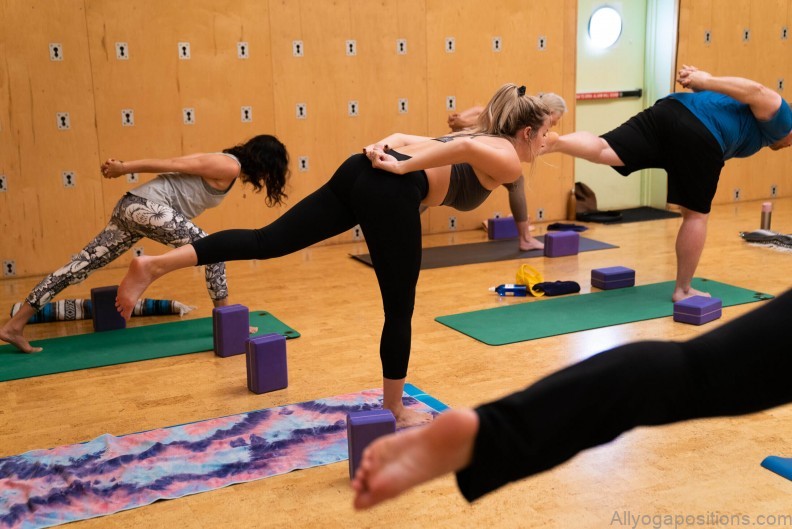Yoga is not just about flexibility and balance; it’s also about grounding, centering, and being in the present moment. Among the various poses in yoga, the Mountain Pose, or “Tadasana” in Sanskrit, stands as a testament to the strength in stillness. Though it may seem deceptively simple, this posture offers a myriad of benefits and is foundational to many other poses in yoga.
Understanding the Mountain Pose
Tadasana is derived from two Sanskrit words: “Tada” meaning mountain and “Asana” meaning pose. When performed correctly, an individual embodies the strength, stability, and majestic stillness of a mountain.
Unlocking the Power of Stillness: The Mountain Yoga Pose Photo Gallery
Steps to Achieve the Perfect Mountain Pose
- Stand tall and straight: Begin by standing with your feet together, with your big toes touching. The heels can be slightly apart.
- Engage your muscles: Tighten your thigh muscles while lifting your kneecaps. However, avoid hardening your lower belly.
- Align your body: Ensure that your ears, shoulders, hips, and ankles are in a straight line.
- Keep your arms at your side: Let your arms rest beside your body with your palms facing forward. This will open up your chest and shoulders.
- Breathe and focus: Take deep, steady breaths. Focus on your posture, feeling the ground beneath you and the sky above.
Benefits of the Mountain Pose
- Strengthens the legs: It helps tone the thighs, ankles, and knees.
- Improves posture: Regular practice can correct misalignment and promote a better, more natural stance.
- Grounds and centers: It helps in grounding an individual, making them feel more connected to the earth.
- Sets foundation for other poses: Being a basic standing pose, it’s often used as a starting point for other postures.
- Promotes focus and clarity: The stillness of the pose aids in clearing the mind.
Common Mistakes to Avoid
While the Mountain Pose might look easy, it’s essential to ensure you’re doing it right to reap its benefits. Here are some common mistakes to avoid:
- Misaligned feet: Your feet should either be together or hip-width apart, but not wider.
- Locked knees: While you should engage your thigh muscles, avoid locking your knees.
- Slouched posture: Ensure that your spine is straight and not curved or leaning.
- Tensed shoulders: Keep them relaxed and not hunched.
Incorporating the Mountain Pose in Daily Life
You don’t necessarily need a yoga mat to practice Tadasana. Whether you’re waiting in line, taking a break from work, or simply enjoying nature, you can incorporate this pose into your daily routine. It serves as a constant reminder to be present, grounded, and centered.
In conclusion, the Mountain Pose is more than just standing. It’s about aligning your body and mind, grounding yourself, and finding stillness amidst the chaos of life. Incorporating Tadasana into your daily routine can be a game-changer, helping you lead a more centered, focused, and balanced life.
Table of Contents
Maybe You Like Them Too
- Mastering Virabhadrasana A: The Warrior Pose of Empowerment
- Embracing the Essence of Wide Legged Forward Bend: A Deep Dive
- Unlocking the Power of Prasarita Padottanasana: The Wide-Legged Forward Bend
- The Power and Elegance of the Wide Legged Forward Bend II Yoga Pose
- Mastering the Warrior II Pose: A Deep Dive into Its Benefits and Techniques



